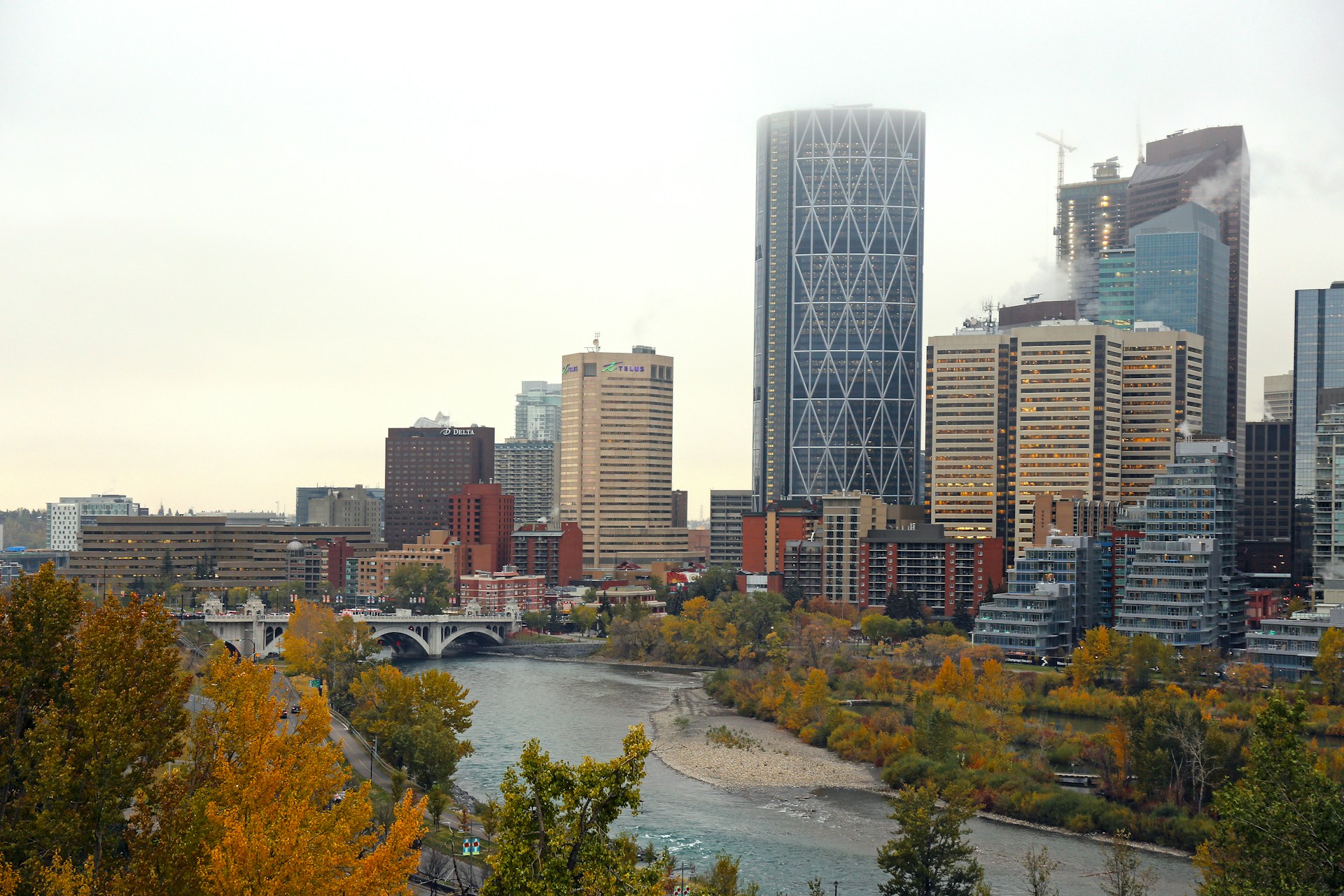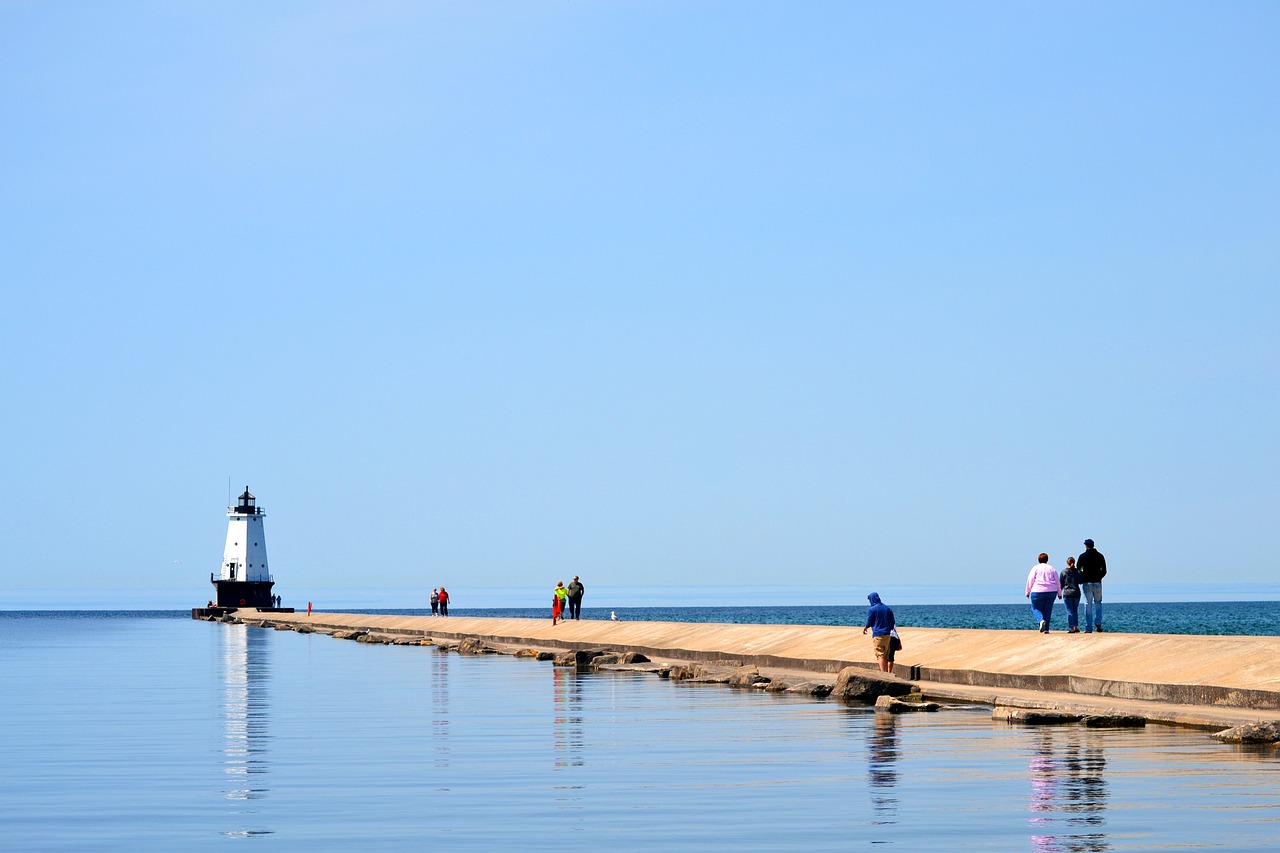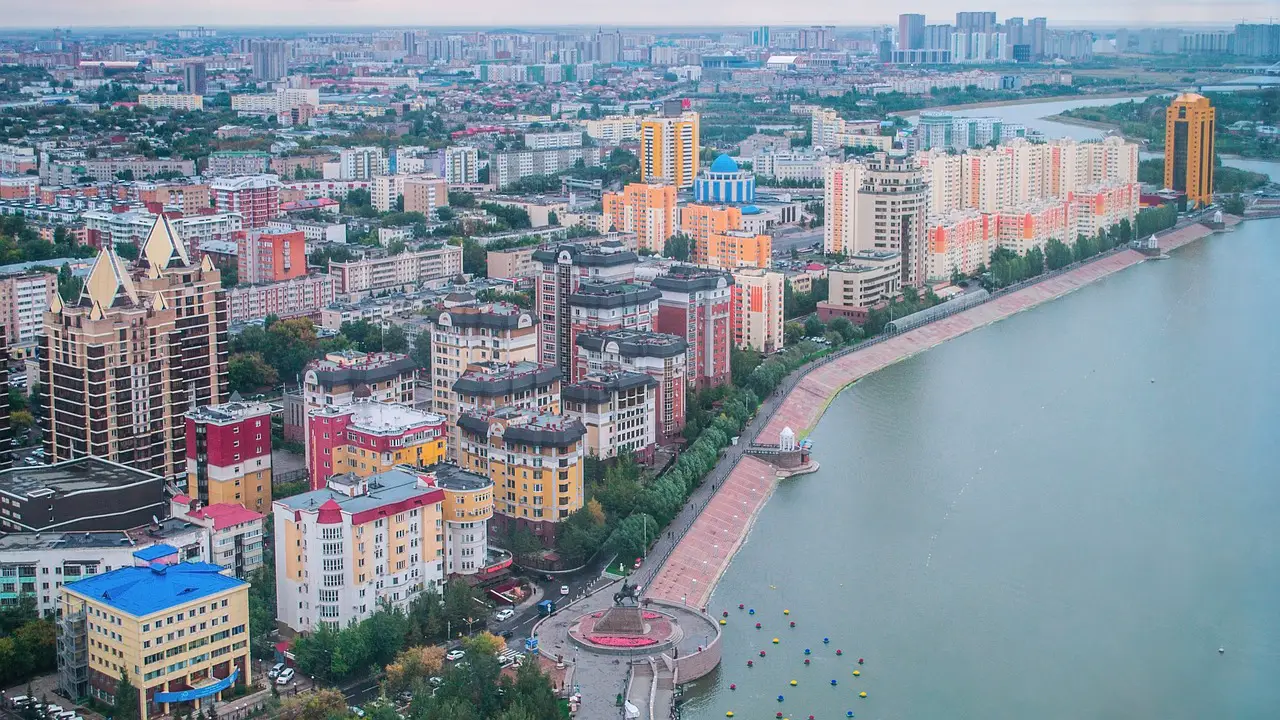The Leaning Tower of Pisa, a world-renowned landmark and testament to both architectural audacity and unintentional error, has been closed to the public amid rising concerns over its safety. According to CNN, ongoing subsidence issues have renewed fears about the monument’s stability, prompting officials to take precautionary measures.
A Brief Glimpse into History
To understand the significance of this decision, it is essential to delve briefly into the tower’s storied history. Constructed over 199 years, from the 12th to 14th centuries, the Leaning Tower of Pisa was initially envisioned as a grand bell tower for the adjacent cathedral. Its unintended tilt, which began even during its construction due to the soft ground it was built on, transformed it from a symbol of religious and civic pride to one of architectural intrigue.
Over the centuries, various interventions have been employed to prevent the tower from toppling. Engineers and historians have marveled at the tower’s resilience and the innovative methods applied to ensure its continued standing.
The Present Scenario
Recent observations and evaluations by experts have indicated an increasing rate of subsidence. While the tower has always exhibited a lean, the accelerated sinking is a cause for concern. The local authorities, with inputs from structural engineers and geologists, have thus decided to temporarily close off the tower for both locals and tourists alike.
CNN reports highlight the economic implications of this move. Pisa, located in the Italian region of Tuscany, relies heavily on tourism, with the Leaning Tower being its premier attraction. Every year, millions of tourists flock to the city, eager to capture their playful images ‘supporting’ the tilted structure. The closure, even if temporary, could result in a significant downturn in the local economy.
Subsidence: A Growing Concern
Subsidence, or the gradual sinking of land, is not a new phenomenon for many ancient structures. However, in the case of the Leaning Tower, its historical inclination exacerbates the challenge. The underlying soil, primarily clay, marl, and fine sand, has always posed stability issues.
Current climatic changes and human interventions in the surrounding areas could potentially be accelerating the subsidence process. Urbanization, groundwater extraction, and even the sheer weight of the structure itself can influence the rate at which the tower leans.
Efforts to Stabilize the Structure
Throughout its history, multiple efforts have been made to stabilize the tower. Between 1990 and 2001, a significant intervention was carried out that reduced the tilt by nearly 45 centimeters, ensuring the tower’s safety for another three centuries, experts believed. The process involved the temporary addition of counterweights, soil extraction, and the careful relocation of several tons of earth from beneath the tower’s raised end.
Given the recent observations, it’s apparent that new and innovative solutions will be required to address the problem. Several experts and organizations globally have shown interest in assisting with the stabilization efforts, indicating the universal value and significance of the monument.
The Way Forward
For now, the Leaning Tower of Pisa remains a silent spectator, cordoned off and bereft of its usual throngs of visitors. Engineers, architects, and geologists are working diligently to assess the extent of the problem and devise methods to ensure the tower’s longevity.
CNN’s reports also highlighted the emotional impact on the locals. For many residents of Pisa, the tower isn’t just a tourist attraction – it’s a symbol of their city’s resilience, innovation, and historical prominence. They remain hopeful and optimistic about its future.
The temporary closure of the Leaning Tower of Pisa serves as a reminder of the fragility of our historical monuments. These structures, which have withstood the test of time, still require continuous monitoring and intervention. It’s a testament to the importance of preserving our global heritage, not just for economic reasons, but for the rich tapestry of stories, innovations, and historical events they represent.
As the world watches, hopeful eyes turn to Pisa, trusting in modern science, engineering prowess, and the collective will to ensure the Leaning Tower continues to grace the Italian skyline for centuries to come.
The situation in Pisa is emblematic of a broader challenge many historical sites face. As time progresses and the environment around these structures changes, so too does their vulnerability. The Leaning Tower, in particular, serves as a remarkable example of the intersection between architecture, geology, and resilience. Its continual lean, which has captivated imaginations for centuries, is both its most defining feature and its most pressing concern.
Implications for Global Heritage Conservation
CNN’s in-depth coverage of the tower’s closure underscores the significance of not just this single monument but of global heritage sites at large. With the increasing impacts of climate change, urban expansion, and other anthropogenic activities, many monuments around the world are at risk. The urgency in Pisa is a clarion call to evaluate, safeguard, and restore other sites that may be facing similar threats.
Many experts are also advocating for a proactive approach. Instead of waiting for noticeable deterioration or threats to emerge, continuous monitoring and preemptive interventions can be the key to ensuring the longevity of historical monuments.
Community Involvement and Awareness
Beyond the experts and engineers, there’s a role for the global community in the preservation of such sites. The outpouring of concern and support from around the world for the Leaning Tower of Pisa demonstrates the shared value and connection people feel with cultural landmarks, even those outside their immediate geography.
It’s a reminder that these sites are not just the responsibility of their host countries but are treasures for the whole of humanity. Grassroots initiatives, awareness campaigns, and community-driven fundraising can play a pivotal role in the conservation of such landmarks.
Reopening: A Symbol of Hope
While the timeline for the tower’s reopening remains uncertain, plans are already underway to ensure it returns as a safer, more stable attraction. The challenge lies in preserving its historical integrity while making the necessary modifications to ensure its continued survival.
The day the Leaning Tower of Pisa reopens its doors to the public will be a testament to human ingenuity and perseverance. It will serve as a beacon of hope, showcasing that with concerted effort, even the seemingly insurmountable challenges can be overcome.
The saga of the Leaning Tower of Pisa, as relayed by CNN and observed by the world, offers profound lessons in history, conservation, and global collaboration. While it stands as a poignant reminder of the fragility of our shared heritage, it also symbolizes the indomitable spirit of humanity to rise to challenges and preserve its legacy. As Pisa looks to the future, the world watches in solidarity, hopeful and confident in the continued leaning – but standing – marvel of architecture.














